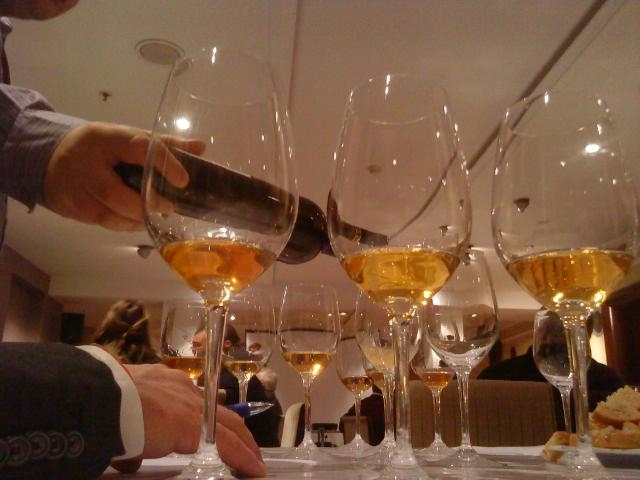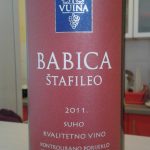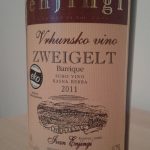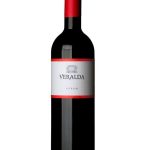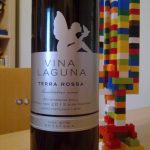An exclusive, complex wine not all will like. To contemplate, by a fireplace, with snow falling outside… This is how Wine Stars reviewers in the broadest and toughest wine rating in Croatia described the Rhine Riesling Amfora 2011 of the Plešivica family Tomac and gave it four stars, which means at least 90 points out of a 100. Grapes for such wine were soaked in their own juice for months in a buried clay pot before pressing. After this long maceration, it aged for years in wooden barrels, then bottled and now on the market.
A great wine with a great future. Smells of figs, carob, spices and resin. It is complex, salty, has fine maceration notes, excellent acidity, full body and lingering taste. This was the description of the Qvervy wine which the Šembers, neighbours and friends of the Tomac family, also make from a Riesling in amphorae, receiving five stars as the best rated white wine in 2015 by the Wine Stars.
Wines from amphorae fall into the category of orange wines whose founder is considered to be Joško Gravner, a Slovenian living on the Italian side of the Gorica Hills, who began long maceration of white wines some 30 years ago, extracting from the skin healthy compounds and achieving a special scent and taste. This is how white wines were made for centuries in many Mediterranean wine regions, but they were dull and undrinkable due to a lack of attention in the cellar. Gravner began insisting on hygiene and long aging so his wines today age at least seven years. With wines the rule is the longer it ages, the longer it lasts, so his first orange wines are today still young and fresh.
Gravner is followed by most of his neighbours in the hills and Colli, as the Italians call the region, while the first Croatian wine from amphorae, a 2005 Malvasia, was made by Marino Markežić Kabola from Momjan. The Roxanich winery from Poreč has practically specialized for this wine style, but for months of maceration they don’t use amphorae but large wooden barrels. On Plešivica the story began with the 2007 harvest, with orange wines also produced today by the Kutjevo based Vlado Krauthaker. He calls them Kuvlake.
Still, not all understood the story. The Croatian Institute for Wine Growing and Winemaking forbid the import of Gravner wines explaining that they have oxidized. After a large media frenzy they gave it a conditional import license, but many of our enologists still claim they are not good. Even one of the most influential wine writers, 77-year-old Brit Hugh Johnson, without provocation picked a fight with this style of vinification which can most simply be described as creating white wines in the way red wines are made. He said orange wines are a secondary issue and a waste of time.
What is the purpose of experiments? We can make really good wines today. Why discard this formula and make something different – Johnson used questions to provide answers in a recent interview for the Washington Post. Everyone is allowed to say what they like or not, but to talk so exclusively about a wine style is the same as saying yellow cars are not good. Among orange wines, as with others, are some bad ones and they should be avoided. But the description of the Tomac Riesling from amphorae from the beginning of this article can stand with any good macerated white wine, regardless of the region or variety. They are complex and not all will like them. But this does not mean they are “secondary and a waste of time.” Even more, in their company time slows down and feels more complete.
For the original and more from the Vino.hr blog on wine, click here.

